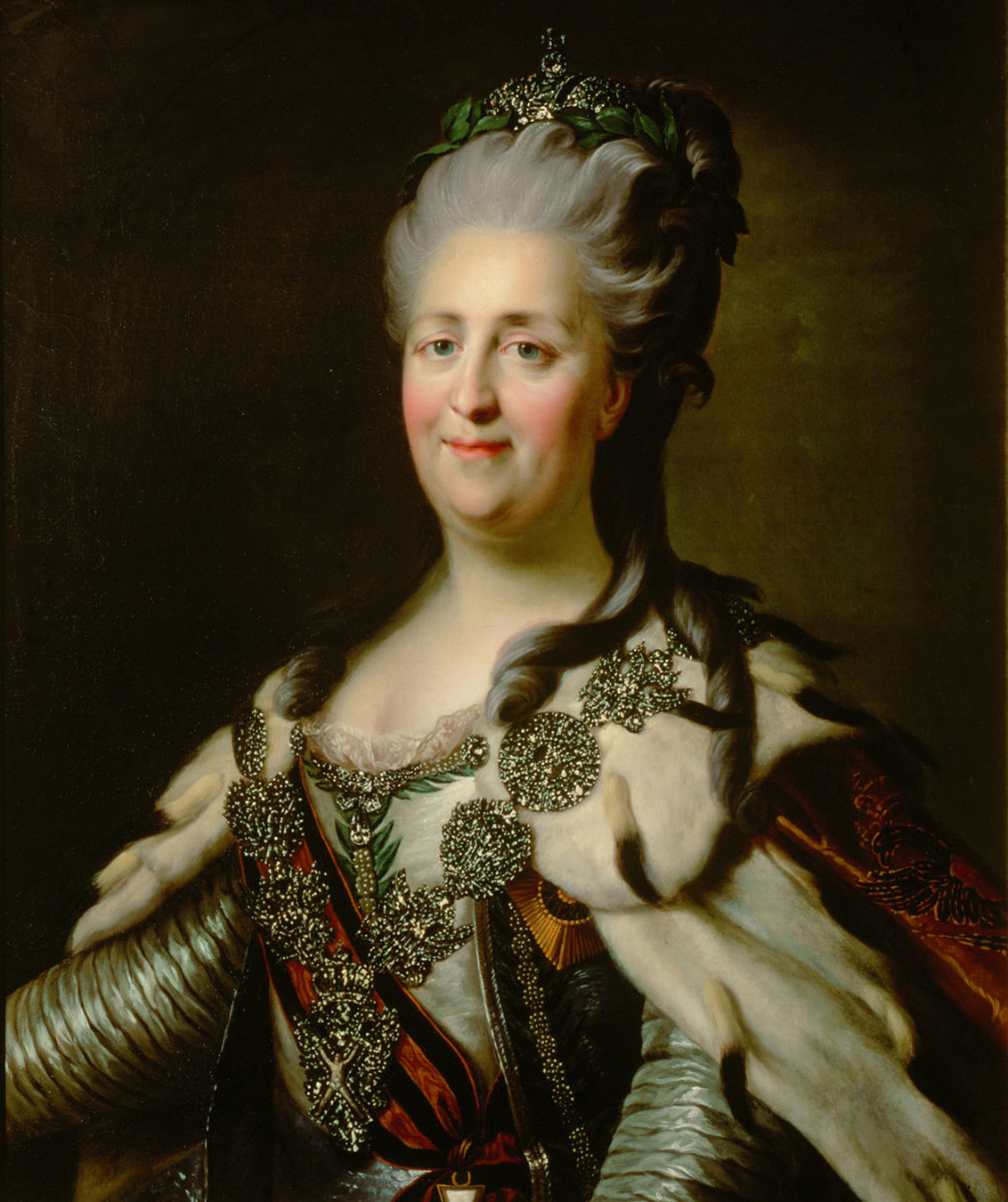On April 6, 1772, Catherine the Great made a significant stride in Russian history by abolishing the beard levy, a tax first introduced by Tsar Peter the Great in 1698. This tax was a part of Peter’s ambitious plan to modernize Russian society and align it with Western European customs. He aimed to weaken the traditional Russian custom of growing a beard, which he considered outdated. Catherine’s repeal of this tax marked a pivotal moment, signaling a shift in Russia’s journey toward modernization.
A beard tax is a state-sanctioned fee requiring men to pay to maintain their facial hair. Russian authorities enacted a beard tax during the 18th century as part of their society-wide modernization initiatives. Centuries earlier, Peter the Great of Russia banned beards in 1698 to westernize his nation, imposing a beard tax instead. Men paid for unique beard tokens to keep their facial hair or risked public shaving. This tax lasted until 1772, producing various beard token designs, now museum artifacts. Despite Peter’s mustache, bushy beards were seen as symbols of backwardness—his efforts to modernize extended to coin imagery and fashion. Today, facial hair is freely embraced, unlike in Peter’s time when beards could literally cost you.
The enforcement of this tax faced significant resistance, particularly from those who held religious beliefs that mandated wearing beards. The Russian Orthodox Church, a powerful institution, even declared being clean-shaven as blasphemous. This strong opposition, rooted in deeply held religious beliefs, played a crucial role in the eventual repeal of the tax by Catherine the Great in 1772, marking an end to this unique chapter in Russia’s journey toward modernization.
Legacy
Peter the Great’s beard tax is remembered as a bold—and controversial—symbol of his efforts to modernize and westernize Russia. It shows how rulers can use even personal appearance to change culture. Today, the beard tokens serve as historical artifacts and reminders of state control over individual freedoms. His actions also link humorously to modern facial hair trends, showing how ideas of grooming, identity, and authority have evolved over time, reflecting the changing societal norms and values.

